Does it make sense to prepare for a volcanic supereruption in US? Are we going to see it in our lifetime?
It’s unpredictable and undergoing changes that may indicate the possibility of an eruption of the Yellowstone Volcano are increasing. But some of us are already facing this type of disaster: Hawaii’s Kilauea has been erupting for 30 years, providing a long history of earthquakes.
Back in Yellowstone National Park, there was a swarm of earthquakes in the late 80’s that had some experts seriously concerned. An example of this is a statement that geologist Christopher Sanders released on January 1, 2009.
{adinserter usf}“I am advising all State officials around Yellowstone National Park for a potential State of Emergency. In the last week over 252 earthquakes have been observed by the USGS. We have a 3D view on the movement of magma rising underground. We have all of the pre warning signs of a major eruption from a super volcano. – I want everyone to leave Yellowstone National Park and for 200 miles around the volcano caldera.”
Though this swarm receded, there has been significant change in the park. The end of Yellowstone Lake has risen about 100 feet and is flooding some parts of the park. Water along some of the paths is boiling and some paths have been closed altogether.
The volcano is responsible for all of the geysers and geological events that are unique to the park but it’s a massive, bubbling cauldron just waiting to blow. It could be another million years or it could be next week, so it may not hurt to get educated and prepared.
What Areas Would Be Affected by the Yellowstone Volcano?
This is tough to predict because there’s no way to know exactly how big an explosion would be. The last several eruptions of the volcano have been relatively minor lava flows. In that case, there wouldn’t be much effect outside of Yellowstone. For the sake of this article, we’ll look at the worst-case scenario: a supereruption.
Video first seen on Info Wars News HD.
Supereruptions create an umbrella cloud that distributes ash in a different pattern than typical volcanoes. It’s so powerful that local wind patterns have little effect on the direction that the ash blows. The cloud can push ash more than 620 miles upwind. In that case, most of the US would be covered in ash.
Here’s a possible ash distribution created by the US Geological Service using state of the art technology, if Yellowstone Volcano has a supereruption that lasts for a month, which is a realistic time estimation:
- More than 40 inches of ash would cover a radius of about 310 miles around the epicenter. This includes the park and Billings Montana.
- Anywhere from 12-40 inches of ash would cover a radius of about 550 miles. That would include Salt Lake City and Casper.
- Between 4 and 12 inches would fall on about an 850-mile semi-oval radius skewed slightly eastward. This would include Missoula, Boise, Denver, Cheyenne and Rapid City.
- 1-3 inches would fall as far as 1800 miles out. This includes Fargo, Lincoln, Calgary and Des Moines. The radius is stretching into an oval that’s skewed southeasterly.
- 0.4-1 inch of ash would fall as far out as 1550 miles. This includes Seattle, Portland, San Francisco, Los Angeles, Flagstaff, Albuquerque, Kansas City, St. Louis, Chicago, Minneapolis and Winnipeg.
- 0.1-0.4 inches would fall as far out as 2700 miles. By this point, the oval is stretching southeastward significantly. This would include Little Rock, Toronto and Washington DC.
- A light dusting would cover most of the rest of the US, with the possible exceptions of the southern tips of Texas and Florida.
Life After Supereruption
In other words, most of the US would be coated in at least a dusting of volcanic ash. Crops would be seriously affected and travel would pretty much come to a halt. People wouldn’t be able to leave the house because of the ash in the air.
Considering this would go on for at least a month before cleanup could even begin, life would be significantly altered for pretty much the entire US and a large portion of Canada.
Food supplies wouldn’t be replenished for the duration and crops would be covered and probably killed in a significant portion of the US. Water would be tainted and full of ash.
Changes in weather patterns will likely also occur and global cooling is almost a given, at least as long as the ash is hanging in the air obstructing sunlight. It’s gonna get cold.
Seismic and tectonic events can often trigger other events, so earthquakes, storms or other volcanic eruptions may even be possible. Don’t forget that there’s going to be a lava flow that could extend for 200 miles or more.
Everything in about a 100-mile radius would be killed immediately. This is the blast zone and could stretch as far as the Dakotas and shortly thereafter a poisonous cloud of ash would coat about half of the US.
Preparing to Survive the Volcanic Apocalypse
Start with your emergency kits and bug out bags. You’ll need the standard first aid stuff as well as a pair of goggles and a gas mask, an N-95 disposable respirator or, at the very least, a breathing mask for each of your family members. A spare and an heir would be a good idea if you’re using disposable stuff.
Pack warm clothes. It’s going to get cold and it’s going to stay cold for a bit.
It’s hard to give an evacuation radius because there’s no way to know how big the eruption will be. Your best chance here if you’re within a few hundred miles of Yellowstone is to pay attention and have several different evacuation destinations planned based upon the severity of the volcanic blow.
Pay attention to what emergency services say about the severity of the eruption and follow their advice if they tell you to evacuate. This isn’t going to be a time that you can hope to stay home and weather it out if you’re in the line of fire. If they say get out, do it.
If you live south, west or east of Yellowstone, pre-plan routes to the south. If you live north of Yellowstone, plan to go north. This is because the ash will be blowing more toward the east and covers most of the land to the west, too. The shortest routes to relative safety will be north or south.
Your best bet, if you can do it, would be to get as far north into Canada as you can regardless of where you live in the States since most of the US will be coated in ash in a worst-case scenario.
Avoid river valleys, low-lying areas and any area close to the blast zone if you’re within a few hundred miles of Yellowstone because mudflows, flash flooding, wildfires and hot ash and gas will all be hazards that you may face.
Don’t fool yourself that you’ll completely escape the Yellowstone Supervolcano eruption: this is going to be a global event and the entire planet will feel the effects of blown ash and weather changes eventually.
If you’re stockpiling to stay home in an area that’s far from Yellowstone, we recommend storing at least 6 months of food and water for your family.
Seal your house as well as you can to prevent ash from getting in. Close your vents and tape up any leaks. Power will most likely be out in a significant portion of the country and won’t be back on quickly so AC (Air Conditioning) or heat won’t be options.
Stock up on firewood and cooking fuel or some source of heat that doesn’t depend upon electricity and plan to need it for at least 6 months.
Indoor plants will be a good idea if you can do it. Fresh veggies and herbs will make life more pleasant and will also give you something to do though there may not be a lot of sunlight after the eruption depending upon where you’re at.
Though we don’t normally recommend depending upon vitamins, in this case we do. Since the sun is going to be covered, you’re not going to have access to vitamin D and will need to supplement in order to stay healthy.
You won’t be going outside for quite a while so stock up also books, crafts and things to do in the house.
The bottom line in this situation is that there’s no way to anticipate exactly how long you’ll need to stockpile or where you should plan to evacuate to because if the eruption is small, you may not need to do anything. If it’s a supereruption, most of the US will be effectively closed down and evacuation will be difficult.
Fortunately, volcanic eruptions are typically preceded by an increase in activity: earthquakes, land rise, steam explosions, etc. This will hopefully be the case with the Yellowstone Volcano, too.
That way, we’ll all have time to make the decisions necessary to stay safe.
This article has been written by Theresa Crouse for Survivopedia.


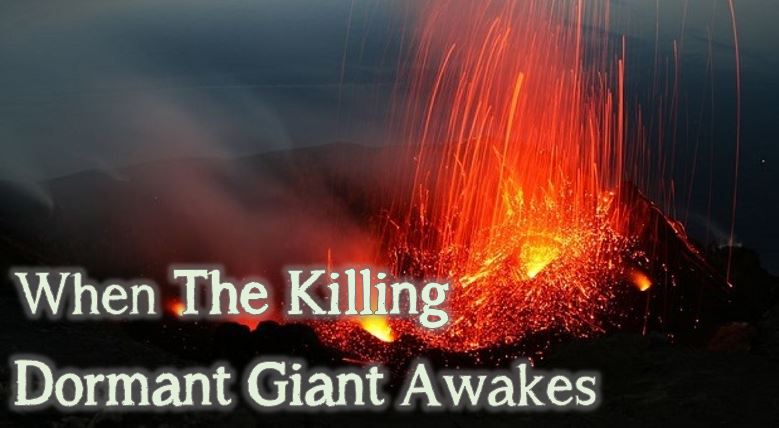
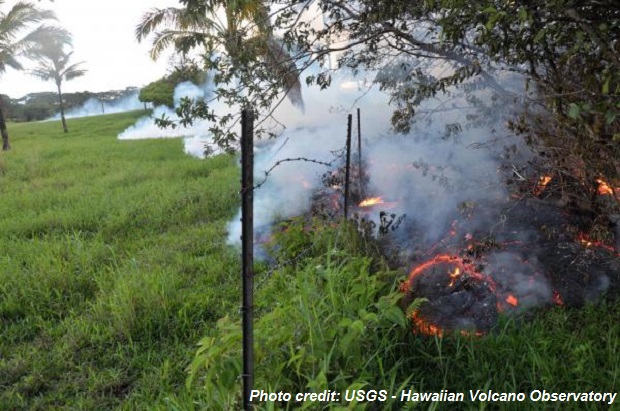

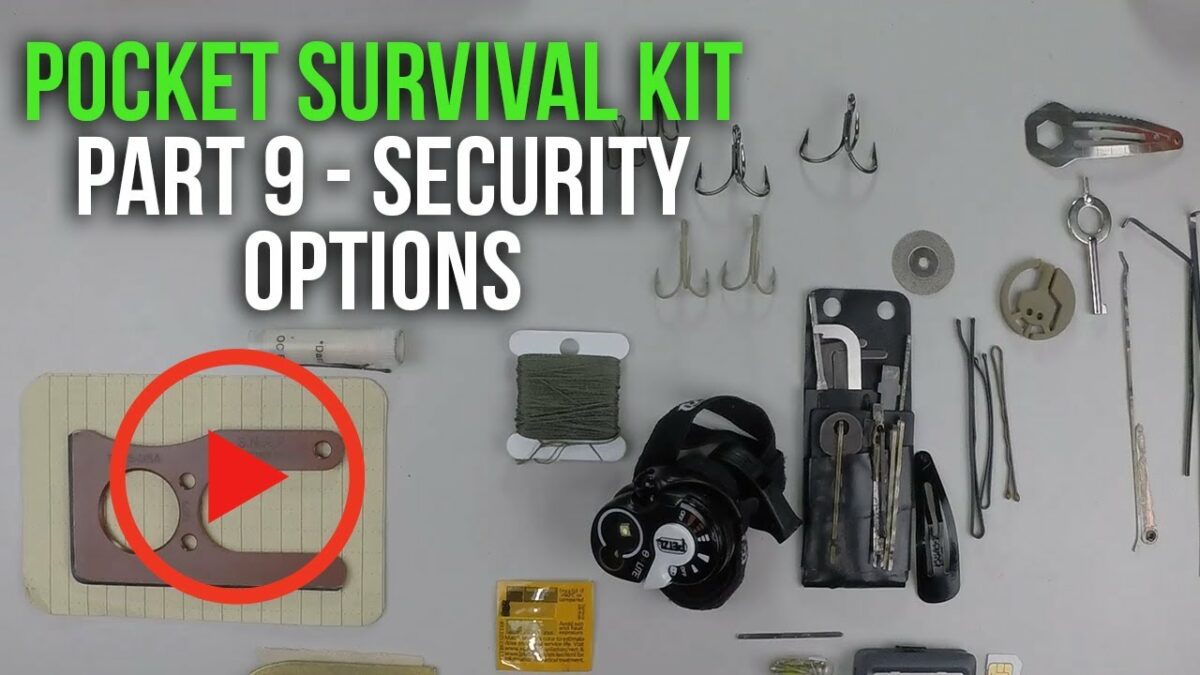

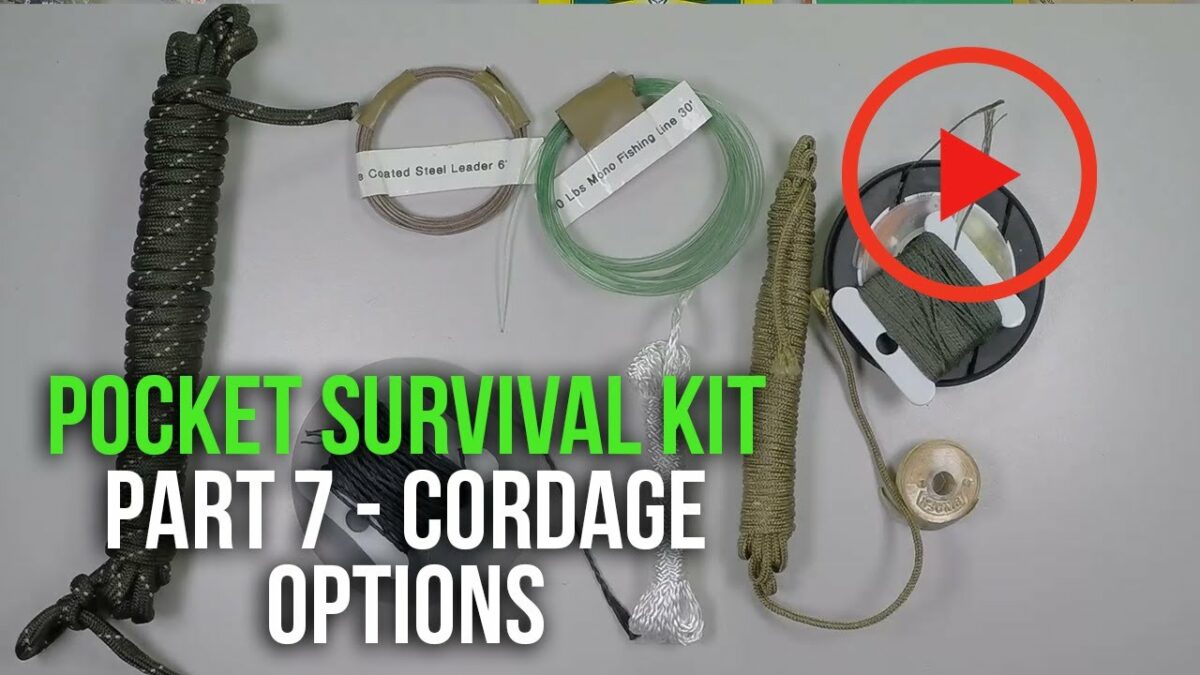
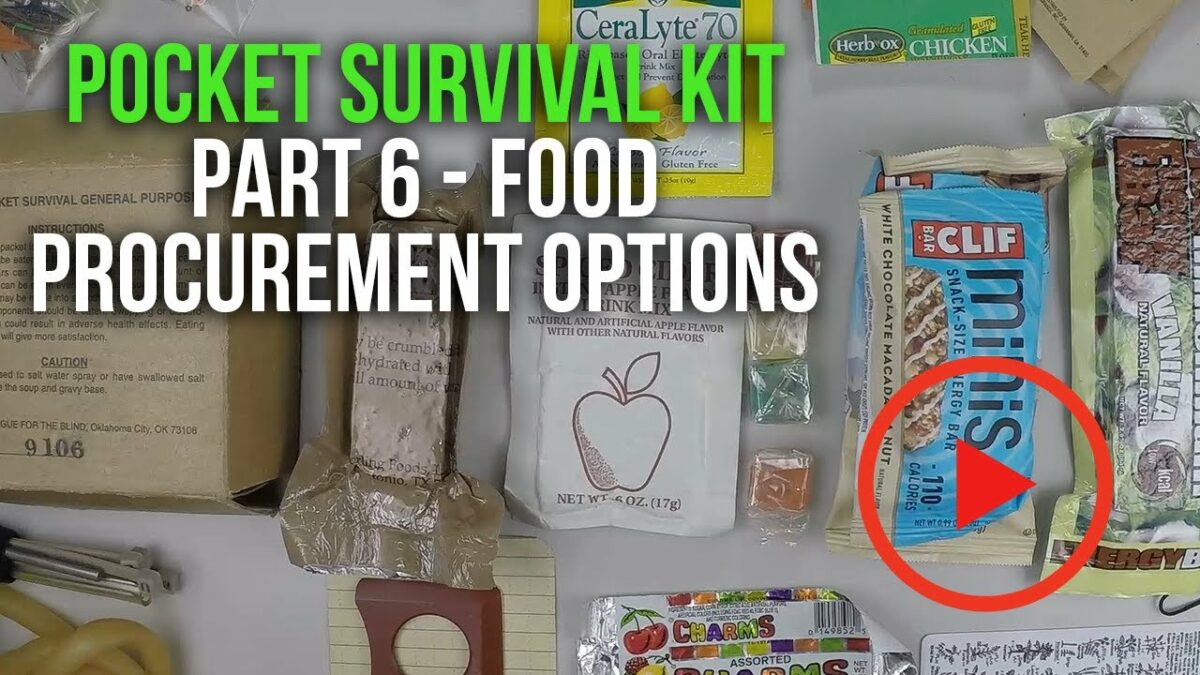

Pingback:When The Killing Dormant Giant Awakes – Part 2 | Survivalist Basics | Be Prepared For Anything! | November 2, 2014
|
grintch | November 2, 2014
|
“Pay attention to what emergency services say ”
Yeah, sure, just like with the ebola thing. Like they’ve really got a clue.
Theresa | November 5, 2014
|
Generally I’d agree with you, but the one thing that emergency services is good for in this situation is letting you know what roads are closed and where, exactly, the eruption is (and how big it is). The key is to take the information that you need from it. 🙂
Deez | November 2, 2014
|
I’m not afraid of Yellowstone. Though it may pose a threat, not so much to me since I live along the ring of fire in the Pacific Northwest. I well remember before Mt. St. Helens blew, we were more concerned about Mt. Baker and it’s venting. When St Helens blew, Baker kind of quieted down. I’ve walked through lava tunnels so am aware of how far those can travel. All that’s to say, if Yellowstone blows, you better plan on more than just 6 months of stores. You have to wonder what wildlife will survive not just animals but plants too.
Just as with St. Helens those ash clouds will circle the world many times; not just through Canada and the U.S. I watched St. Helens do her thing with the second eruption. Just the awesome display of power can be impressive, but having just been checking the local the days before that second blow, your description can’t begin to describe what it would be like to survive Yellowstone. The destruction will in large part be dependent on the directions of the winds especially the Jet Stream. Great article for suggesting what will be needed. Don’t forget those seeds for replanting. The Earth will have yielded the minerals, it will be up to the survivors to make good use of them. Aquaponics may get you through the worst, but know, that the best crops in a long time came to the farmers AFTER St. Helens blew. 🙂 When humankind doesn’t take care of the soil. Mother Earth takes a hand. 😉
grintch | November 2, 2014
|
. read this about 1815 Mt. Tambora eruption, and 1883 Krakatoa.
I don’t know how Yellowstone compares.
TPSnodgrass | November 2, 2014
|
Agreed, living in the “shadow” of Yellowstone, the one thing that no one outside of the area ever takes into consideration, is, that the caldera already erupted and the current level of geothermal activity is releasing energy. The energy released, is nature’s steam valve, releasing pressure from underground. While we can “say” we have 3-D “images” of an alleged magma chamber, those are not actual “images” but are computer generated “images” based on the data, the researchers input into a specific program. It is nothing but a “good guess”. There is real science indicating a far greater likelihood of volcanic eruptions from the current West Coast volcanoes, than there is from the Yellowstone caldera. That energy is released daily, whereas, the West Coast volcanoes energy, is not released until an earthquake occurs. Publishing information that is border-line salacious makes for “good copy”, but it unnecessarily frightens those living downwind from a non-existent “threat”. The USGS has studied the Yellowstone caldera area far more than any other area because of its accessibility fort research and scientific study.(emphasis on scientific) While theoretically, (and that’s a HUGE theory) the Yellowstone caldera could erupt, if it ever did, in any of our lifetimes, it would not be a Mount St. Helens even, but would be an “ooze” event. Let’s get realistic in our expectations and theories. Otherwise, we become a laughingstock and nonsensical. This was a good article, but, is merely theoretical.
grintch | November 2, 2014
|
Sounds reasonable to me. If it’s “oozing” it is not building up pressure.
But an oozing volcano does not make “good” copy.
Theresa | November 5, 2014
|
I agree completely and my intent was not to spread fear. As I stated, the last several have been “ooze” events and if that’s the case the next time, then there would be little to no effect outside of Yellowstone. However, many people are concerned about a Supereruption, so in this article we looked at the worst-case scenario. If it seems that I was enciting panic, I apologize; that was certainly not my intent. 🙂
Theresa | November 5, 2014
|
*inciting – sorry bout that.
Pingback:DIY Gas Mask To Survive Contamination | Survivopedia | June 23, 2016
|